Rhapis palm (Lady palm) – 6.5 ft Tall
This product is available for shipping only in Bangalore
Rhapis Palm most commonly famous as the lady Palm or Rhapis Exelsa, has beautiful fan-like fronds that give a tropical touch with its green-glossy leaves
Plant Height: approx 77 inches including the pot
Pot size : 20 inches nursery bag
- Estimated Delivery : Up to 3 business days
- Free Shipping & Returns : On all orders over ₹550 in Bangalore
The Rhapis Palm, commonly known as the Lady Palm (Rhapis excelsa), is a popular ornamental palm plant appreciated for its elegant fan-shaped leaves and its ability to thrive in low-light environments. Native to China and Taiwan, Rhapis palms are often grown as houseplants or used in tropical and subtropical landscaping due to their tolerance to a range of conditions. These slow-growing, clumping palms can also help purify indoor air, making them an excellent addition to homes or offices.
Here’s a complete care guide for the Rhapis Palm:
1. Light Requirements
- Low to Medium Indirect Light: Rhapis palms thrive in low to medium indirect light, making them ideal for areas with less natural sunlight, such as indoors or in shaded patios. While they tolerate low light well, they will grow more vigorously if provided with medium indirect light.
- Avoid Direct Sunlight: Direct sunlight can cause the leaves to burn and develop brown tips, so it’s best to keep the plant out of intense sunlight, especially during the afternoon.
2. Watering
- Moderate Watering: Water the Rhapis Palm when the top 1-2 inches of soil feel dry to the touch. Keep the soil evenly moist but not waterlogged. Overwatering can lead to root rot, while underwatering may cause the leaves to dry out and develop brown tips.
- Humidity: Rhapis palms prefer moderate humidity. If you live in a dry climate or keep the plant in an air-conditioned or heated space, consider increasing humidity by misting the plant regularly or using a humidifier.
3. Soil
- Well-Draining Potting Mix: Use a high-quality, well-draining potting mix for your Rhapis Palm. A blend of peat moss, perlite, and regular potting soil works well. Good drainage is crucial to prevent waterlogging, which can lead to root rot.
- Slightly Acidic to Neutral pH: The ideal soil pH range for Rhapis palms is slightly acidic to neutral, around 6.0 to 7.0.
4. Temperature and Humidity
- Ideal Temperature Range: Rhapis palms prefer temperatures between 60-80°F (15-27°C). They can tolerate cooler temperatures down to around 50°F (10°C) but should be protected from frost and cold drafts.
- Moderate to High Humidity: While Rhapis palms can tolerate typical indoor humidity levels, they thrive in environments with moderate to high humidity. Mist the leaves occasionally to increase humidity, especially during dry winter months.
5. Fertilizing
- Balanced Fertilizer During Growing Season: Feed the Rhapis palm with a balanced, water-soluble fertilizer (such as a 10-10-10 formula) every 4-6 weeks during the growing season (spring and summer). This will promote healthy growth and lush foliage.
- Reduce Fertilizing in Fall and Winter: As the plant enters its dormant period in the cooler months, reduce feeding to avoid nutrient buildup and leaf burn.
6. Pruning and Maintenance
- Prune Dead or Damaged Leaves: Regularly remove any yellow, brown, or damaged leaves by trimming them close to the base of the stem. This keeps the plant looking tidy and encourages new growth.
- Clean the Leaves: Rhapis palms can collect dust on their broad leaves. Wipe the leaves gently with a damp cloth to remove dust and keep the plant looking vibrant.
7. Repotting
- Repot Every 2-3 Years: Rhapis palms are slow growers, so they don’t need frequent repotting. Repot the plant every 2-3 years or when it becomes root-bound. Use a pot that is only slightly larger than the current one and ensure it has good drainage.
- Pot with Drainage Holes: Always use a pot with drainage holes to allow excess water to escape and prevent root rot.
8. Pests and Diseases
- Common Pests: Rhapis palms are generally hardy and resistant to pests, but they may occasionally attract pests such as spider mites, scale, or mealybugs. Regularly inspect the plant for signs of pests, and treat infestations with insecticidal soap or neem oil.
- Fungal Issues: Overwatering or poor drainage can lead to fungal diseases such as root rot or leaf spot. Ensure proper watering practices and avoid waterlogging the soil to prevent these issues.
9. Propagation
- Division: Rhapis palms can be propagated by dividing the root ball. This is best done during repotting. Gently separate the clumps of stems and roots, ensuring that each division has a healthy root system. Replant the divisions in fresh soil and water them thoroughly.
- Slow Growth: Keep in mind that Rhapis palms are slow growers, so new plants will take time to establish and grow.
10. Toxicity
- Non-Toxic: Rhapis palms are non-toxic to both pets and humans, making them a safe choice for households with children or animals.
Conclusion
The Rhapis Palm is a versatile and low-maintenance plant that brings a touch of tropical elegance to both indoor and outdoor spaces. With its tolerance to low light and its adaptability to a range of growing conditions, it is an excellent choice for homes, offices, and shaded garden areas. By providing the right balance of moisture, light, and care, your Rhapis Palm will thrive and continue to add beauty to your environment.
** Plants photos are for representation purpose only. We will make best efforts to send the plants as in photos itself. There may be small white dots on the plant, as these plants cared in nursery using the hard water and pesticide spray. However these will eventually disappear as you take care and clean the leaves. Trust us, we want to give you the best

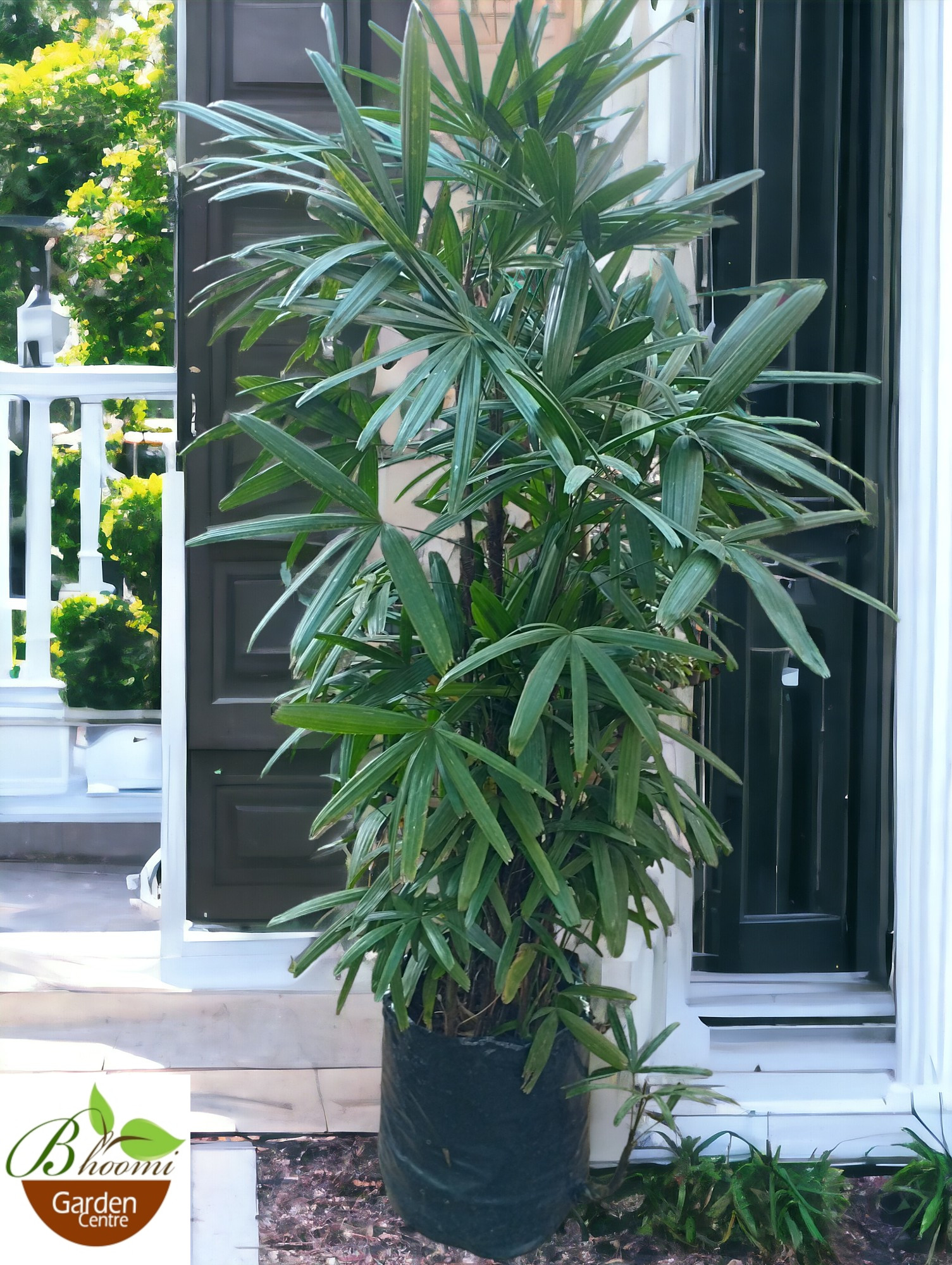
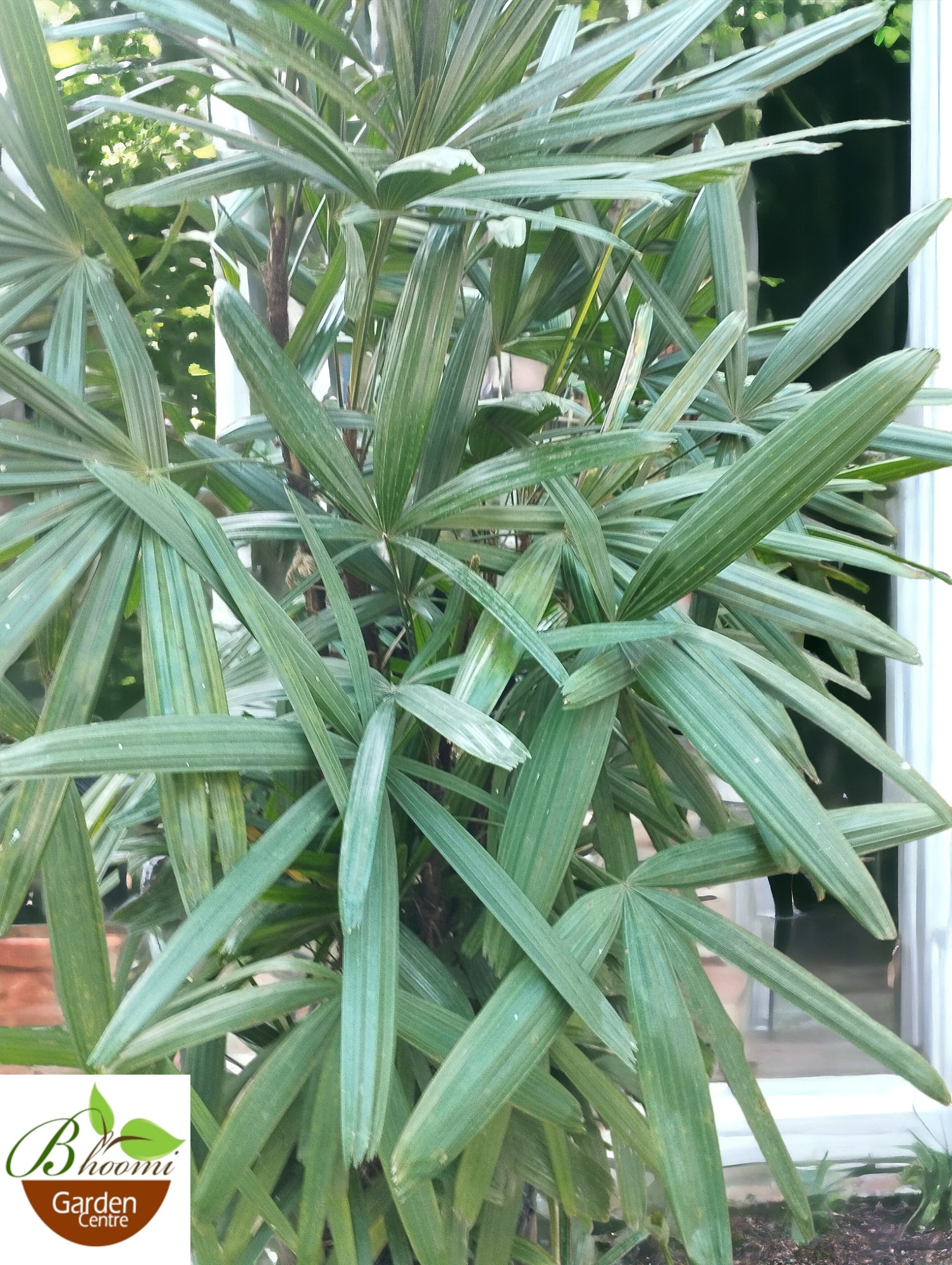
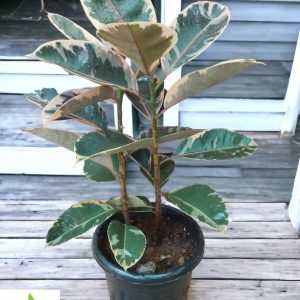
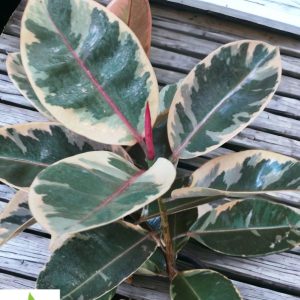
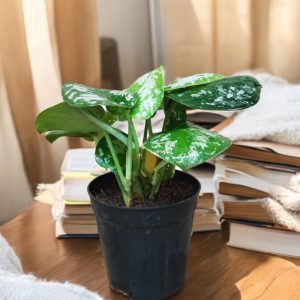
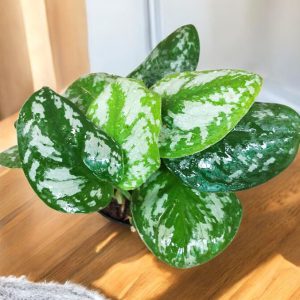
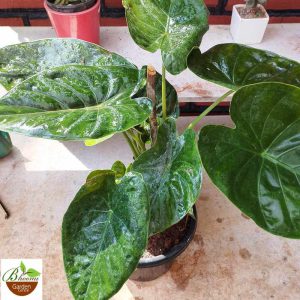
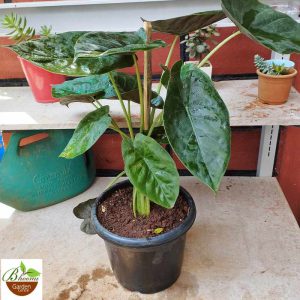
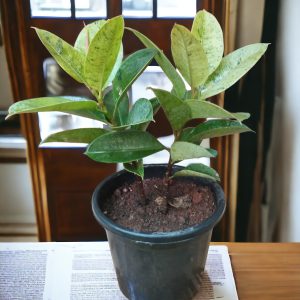
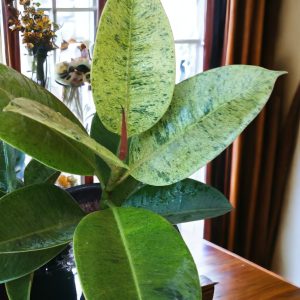
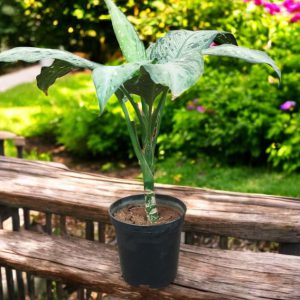
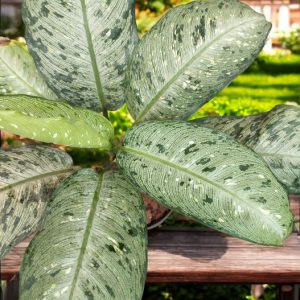
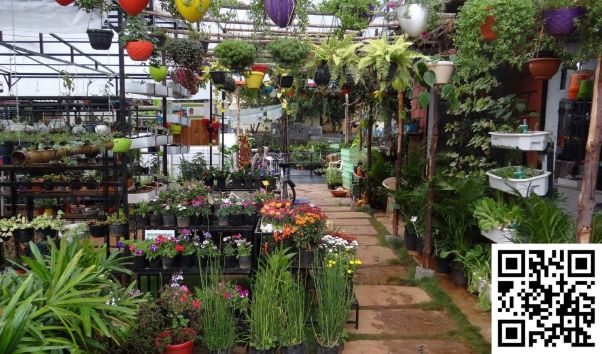
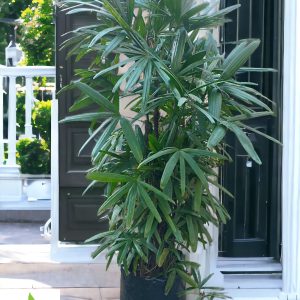
Reviews
There are no reviews yet.